Assistance Animals
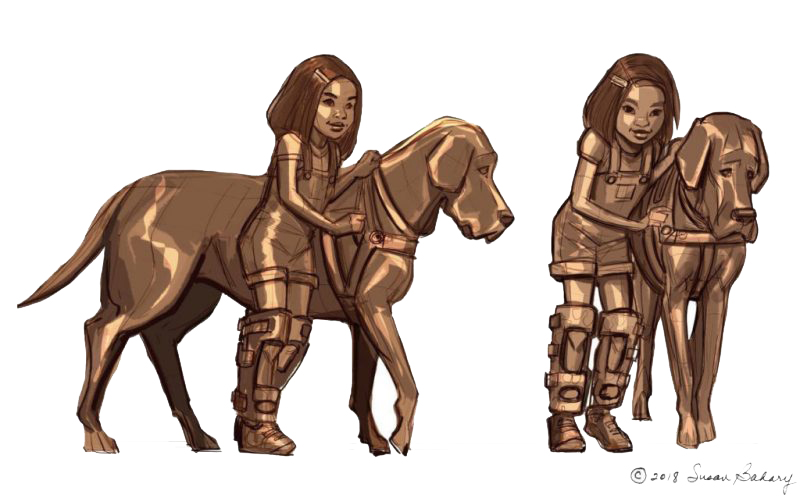
In the National Service Animals Memorial, assistance animals are represented by a girl with physical challenges and her Newfoundland/Great Dane mix dog, and by Sully, President George H.W. Bush’s faithful service dog from America’s VetDogs. They represent ALL non-guide assistance animals and their handlers.
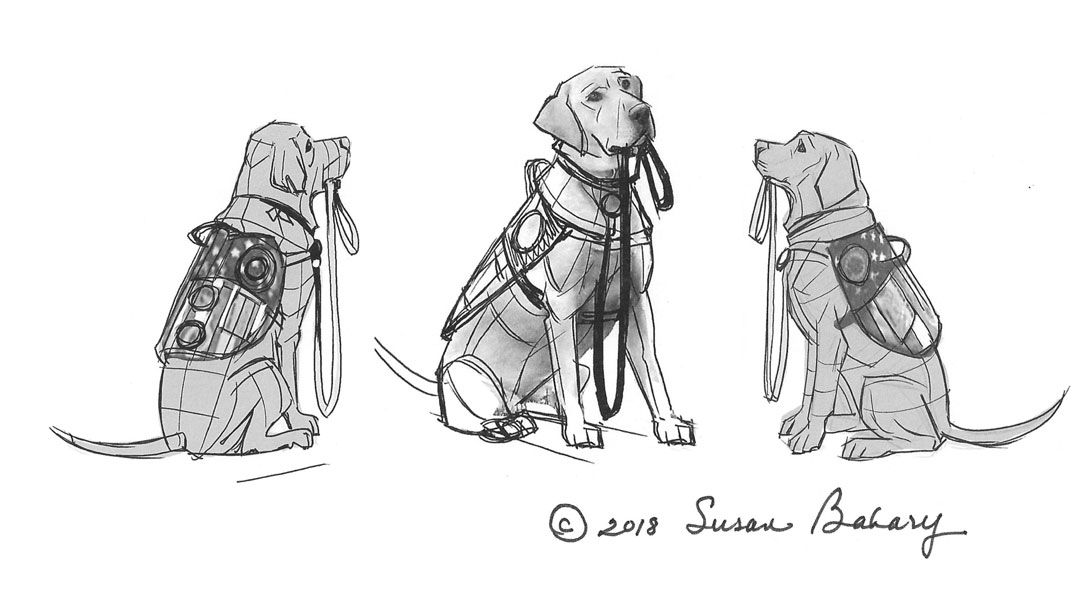

Sully with President George H.W. Bush at Walker’s Point Estate in Maine.
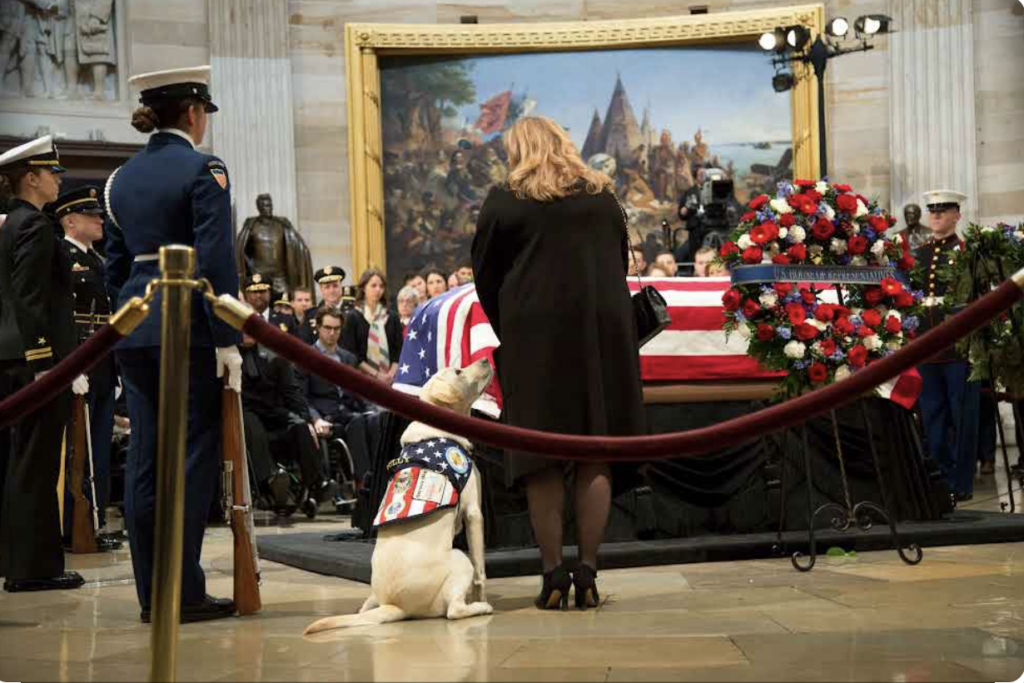
President George H.W. Bush’s Funeral
Creator: Sgt. Sidney Weston Credit: 55th Combat Camera

Sully with sculptor Susan Bahary. Photo by James Chang, America’s VetDogs
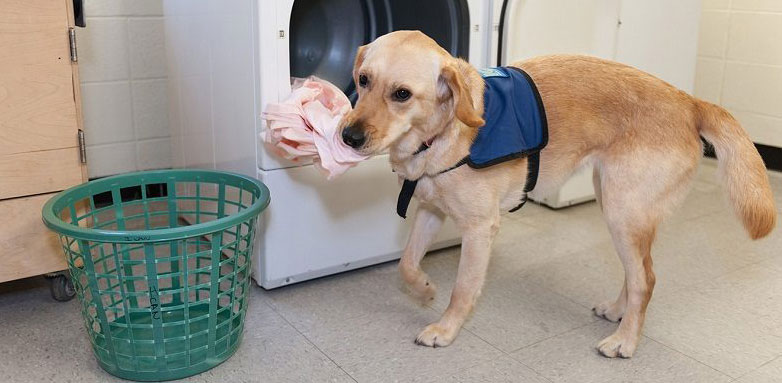
In 1975, Canine Companions invented the concept of service dogs for people with physical disabilities, including mobility, neurological and auditory disabilities. As a testament to the growing need for these service dogs, the organization now serves clients in every state with over 65 different disabilities including psychiatric disabilities. While wheelchair ramps, braille on elevator buttons, and disabled parking can quickly come to mind, the help of Assistance Animals has become increasingly desired by people living with physical, cognitive, and emotional issues. For example, signal dogs assist people with visual and auditory impairments, SSig dogs help people with autism, and seizure response dogs are critical for the safety of people with a large variety of disabilities. Assistance Animals can make a life altering difference in an individual’s life, often being the key to independence.
An Assistance Animal is considered any animal that works, provides assistance, or performs tasks for the benefit of a person with a disability, or provides emotional support that alleviates one or more identified symptoms or effects of a person’s disability.
Therapy Animals are a newer, separate category of service animals, which are very successful in helping and comforting patients in hospitals, retirement homes, schools, hospices, and disaster areas. They are a very welcome presence to those in need of having their spirits raised and are widely loved and valued.
In the U.S., therapy animals are not considered service animals and are not afforded the same privileges as service animals. However, they are very successful in helping and comforting our citizens in hospitals, retirement homes, schools, hospices and disaster areas. In the U.S., some organizations require that a dog pass the equivalent of the American Kennel Club’s Canine good Citizen test.
Sometimes there are additional requirements specific to the environments in which the animals will be working. Some organizations have their own testing requirements.
Equine-Assisted Activities and Therapy (EAAT) involve the use of horses and other equines for individuals with and without special needs. These include civilians and those in the military with physical, cognitive and emotional issues.
Significantly, as U.S. Soldiers have returned from a seemingly never ending cycle of wars, the devastating emotional impact, as well as physical disabilities stemming from their combat experiences, have become increasingly understood. Here too, the role of Assistance Animals has improved the lives of a great number of Veterans.
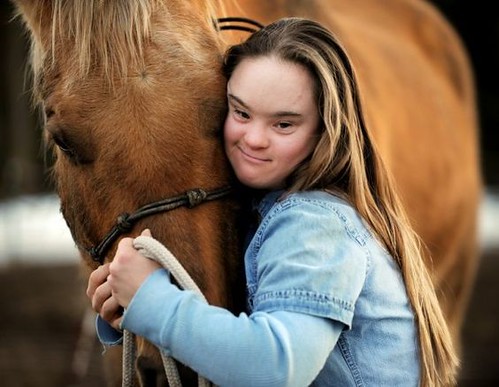
Therapy horses are a very welcome presence to those in need of having their spirits raised and are widely loved and valued.
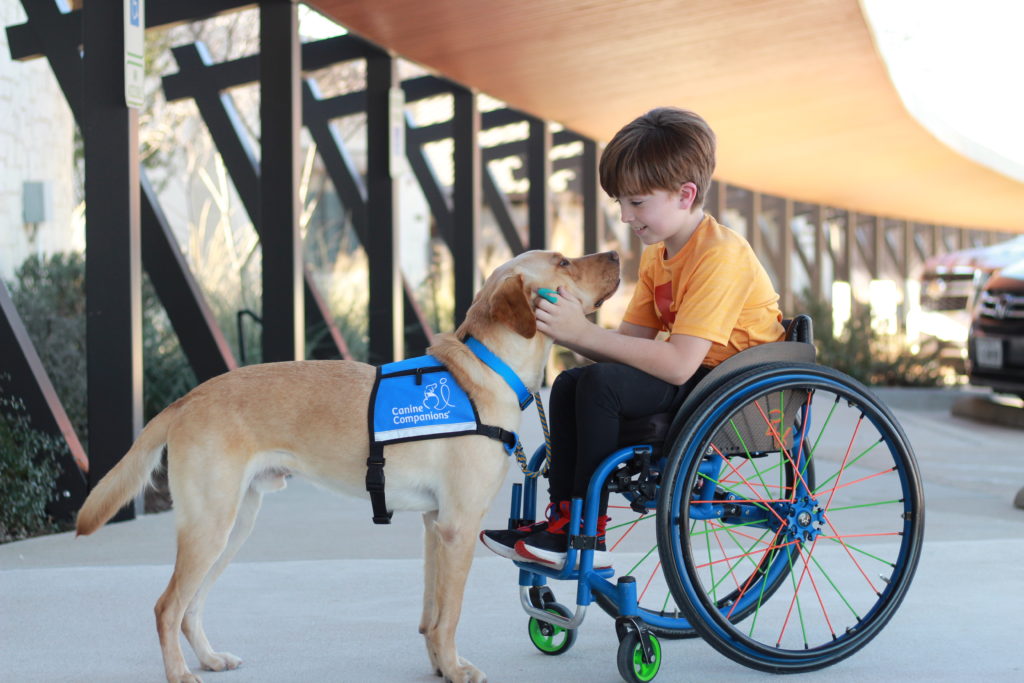
Canine Companions helps provide service dogs for people with physical disabilities, including mobility, neurological and auditory disabilities.
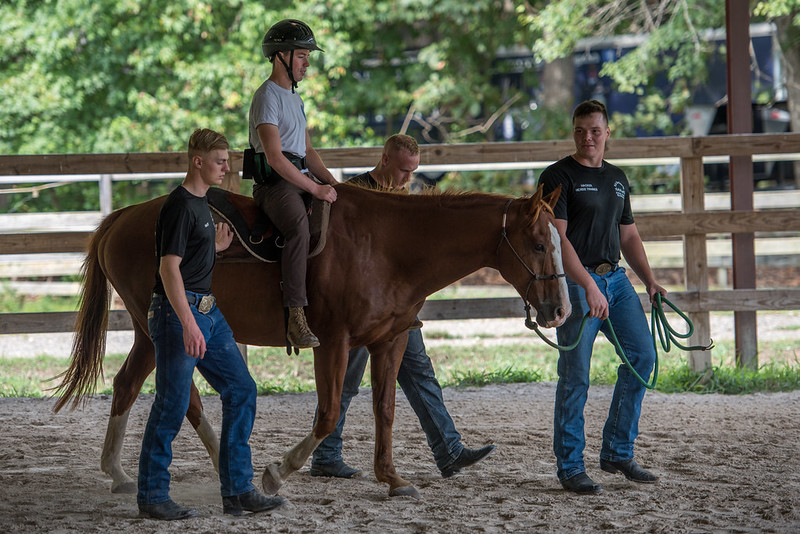
Soldiers assigned to the U.S. Army Caisson Platoon, 1st Battalion, 3d U.S. Infantry Regiment (The Old Guard) partner with physical therapist, with Fort Belvoir Community Hospital, to conduct Equine Movement Therapy, at Fort Belvoir Stable, Virginia, on September 5, 2019. The partnership work together to rehabilitate veterans, both active duty and retired. (U.S. Army photos by Sgt. Nicholas T. Holmes)
The Memorial
Education Program
Let's Build It!
Endorsements & Collaborations
Friends of NSAM
The Purple Poppy®
Contact Us
5662 Calle Real #105
Goleta, CA 93117
Email: info@NSAMproject.org
Phone: 202-774-1992
NSAM is a 501 (c)(3) non-profit organization.
EIN #27-4620979

